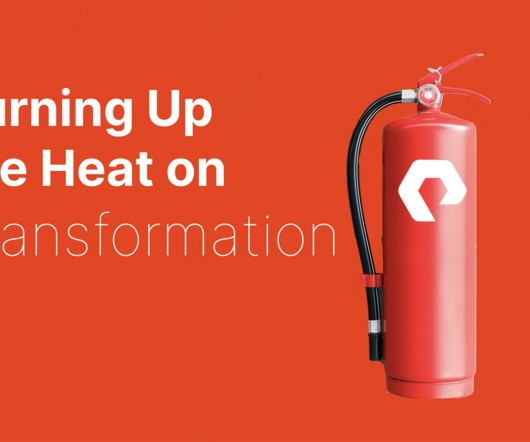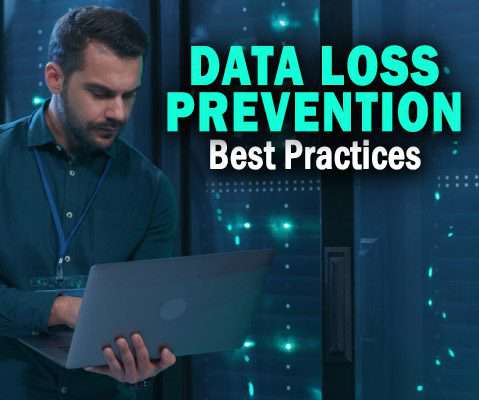How to Implement Threat Modeling in Your DevSecOps Process
Pure Storage
AUGUST 3, 2023
We’ll also discuss how to integrate threat modeling into the software development lifecycle (SDLC) and provide best practices for building a successful threat model. Threat modeling is the process of identifying potential threats and vulnerabilities in a system and determining the likelihood and impact of each threat.























Let's personalize your content